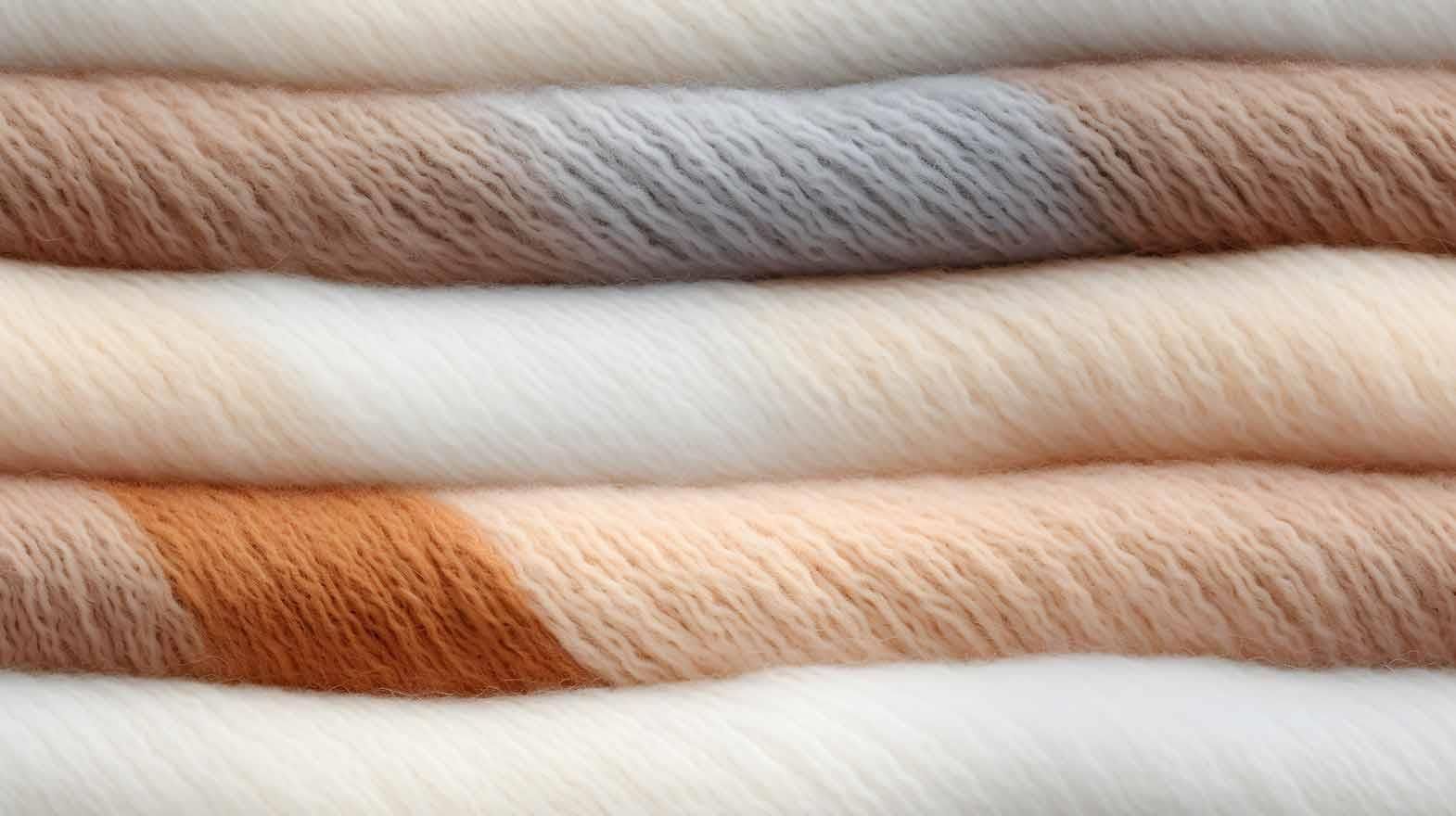- such wool product is the fine (dehaired) undercoat fibers produced by a cashmere goat (Capra hircus laniger); the average diameter of the fiber of such wool product does not exceed 19 microns; and
- Such wool product does not contain more than 3 percent (by weight) of cashmere fibers with average diameters that exceed 30 microns.
- The average fiber diameter may be subject to a coefficient of variation around the mean that shall not exceed 24 percent.
Few examples of commonly used detergents are: white petrol, ezze.
Washing Process (theoritical):
Spotting is done to remove the dirt or marks, most important: spotting is done by the same detergent, in which washing will be done. Here, temp is maintained near 35-40 degree Celsius, the composition of water should be maintained near 1:20(for 10kg of knitted cashmere sweaters 200lts of water is used)
Specifications of amount of detergent required:
The machine can wash upto 1okg of fabric/garment at a time.
1. Machine gauge: 5gg
Average weight of standard size (40): MEN-550gm, WOMEN-500gm. Number of sweaters, which can be washed at a time=10/0.55= 18 pieces (approx). Amount of detergent used per lot/trip=300ml so, amount of detergent required per piece=300/18= 17ml (approx)
2. Machine gauge: 8gg
Average weight of standard size (40): MEN-400gm, WOMEN-380gm. Number of sweaters, which can be washed at a time=10/0.4= 25 pieces (approx). Amount of detergent used per lot/trip=300ml so,amount of detergent required per piece=300/25
= 12ml(approx)
3. Machine gauge: 12gg
Average weight of standard size (40): MEN-300gm, WOMEN-240gm. Number of sweaters, which can be washed at a time=10/0.3= 34 pieces (approx). Amount of detergent used per lot/trip=300ml so, amount of detergent required per piece
=300/34= 9ml (approx)
4. Machine gauge: 14gg
Average weight of standard size (40): MEN-200gm, WOMEN-160gm. Number of sweaters, which can be washed at a time=10/0.2= 50 pieces(approx). Amount of detergent used per lot/trip=300ml so, amount of detergent required per piece=300/50
= 6ml (approx)
5. Machine gauge:16gg
Average weight of standard size(40): MEN-190gm, WOMEN-150gm. Number of sweaters, which can be washed at a time=10/0.19= 53 pieces(approx). Amount of detergent used per lot/trip=300ml so, amount of detergent required per piece=300/53= 5ml (approx)
Washing Is Followed By Softener Bath:
In this process normal water is used, in which 3% v/v softener (SIBASOF 100) is diluted. The pH is managed near 5-6, which is managed by few droplets of Acetic acid(in 200 lts of water 5ml of acid is used ). The fabric is soaked in the solution for about 15mins.
Working of softener:
Fabric softeners works by coating the surface of fabric/garment with a thin layer of chemicals,these chemicals have lubricating properties and are electrically conductive, thus making the fibres feel smoother and preventing buildup of static electricity.
Other functions are:
1. Improvement of iron guide during pressing.
2. Increased resistance to stains.
3. Reduction of wrinkling and pilling.
Effects:
These chemicals sometimes come in direct contact with the skin and may be absorbed or inhaled causing hedache,mood swings or can even lead to cancer and other skin diseases.
Softening process is followed by hydro-extraction and then drying process:
Dryer:
Light shades--70 degrees and time taken- 20-25mins.
Dark shades --80-90 degrees and time taken- 20-25mins.
This was all about theoretical specifications, practical scenario use to be bit different:
Roughly 10ml of detergent and then 10 ml of softener is added to fabric/garment of average weight but the amount slightly varies from 8-12 ml, depending upon the weight of the fabric & from washing to softening, it took about 60-75 mins for a piece/lot to become ready for hydro-extraction machine to work on it. And even the lot of 10kg can't be made, due to less number of pieces, even the lot is of 3kg, 5kg or any other value, 200ml of detergent is used, for sure. Basically, we can say that 200ml is the minimum amount of detergent used, doesn't matter whether the weight of lot is 2kg, 3kg or 5kg.
This article is contributed by Kumar Shanu Singh.







Comments